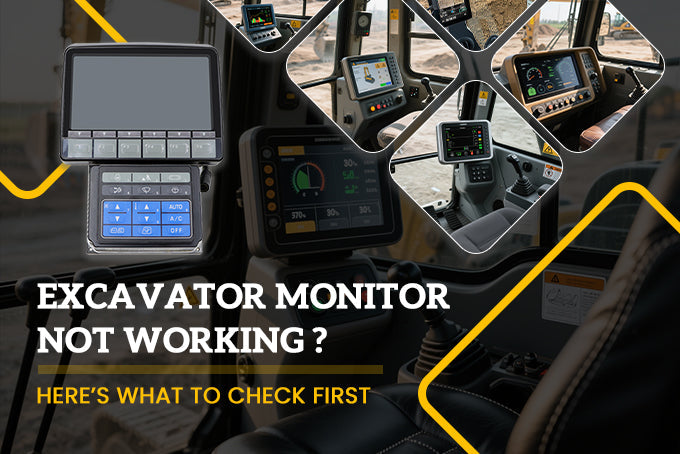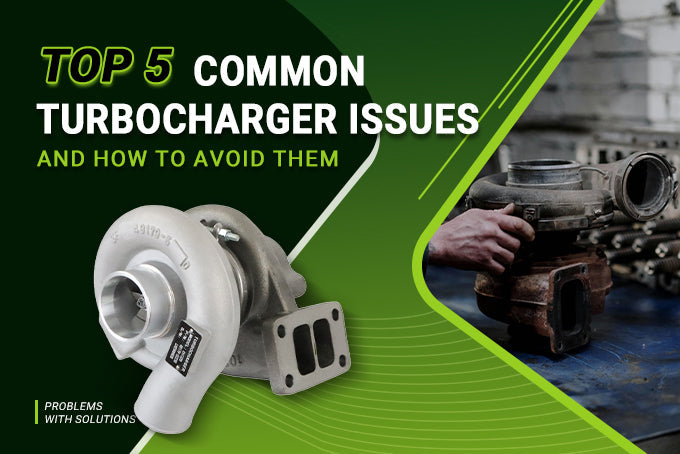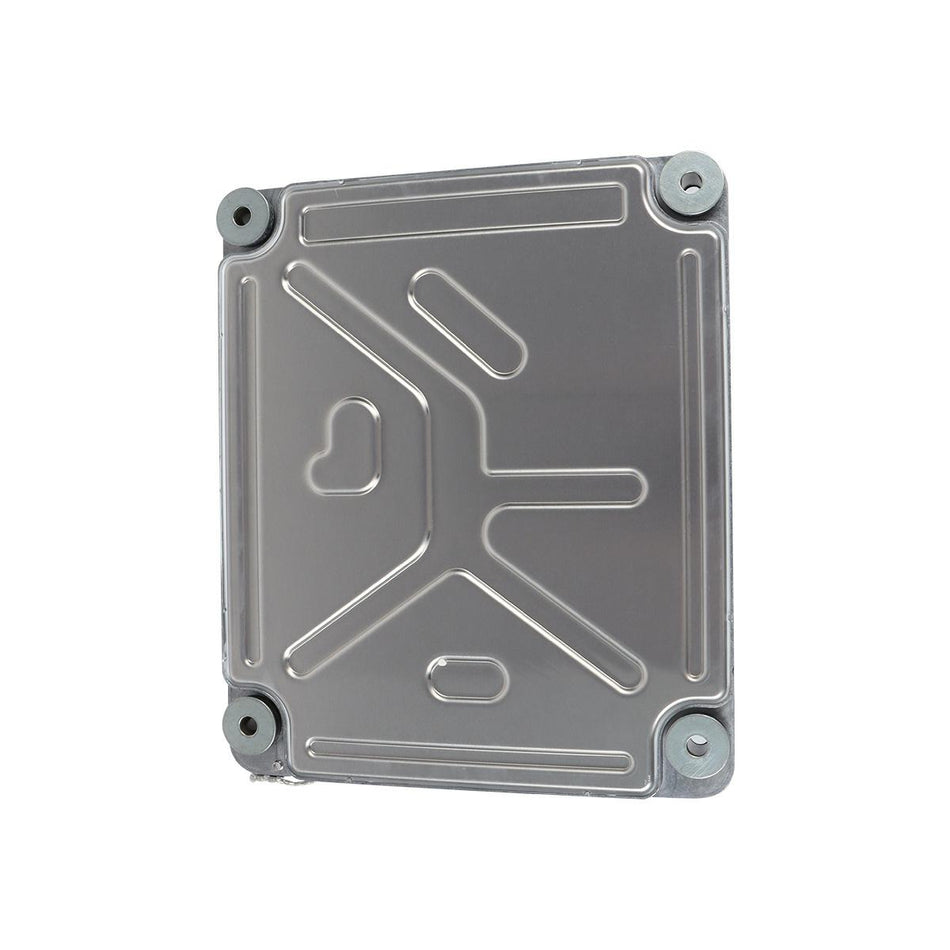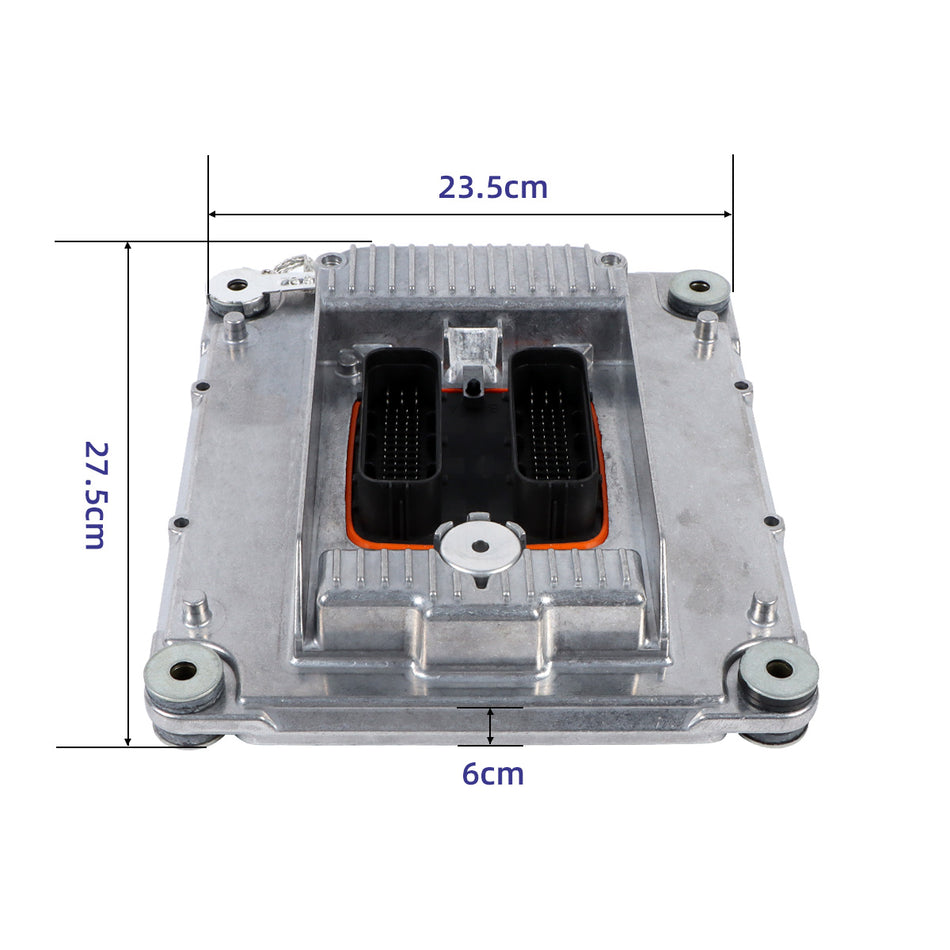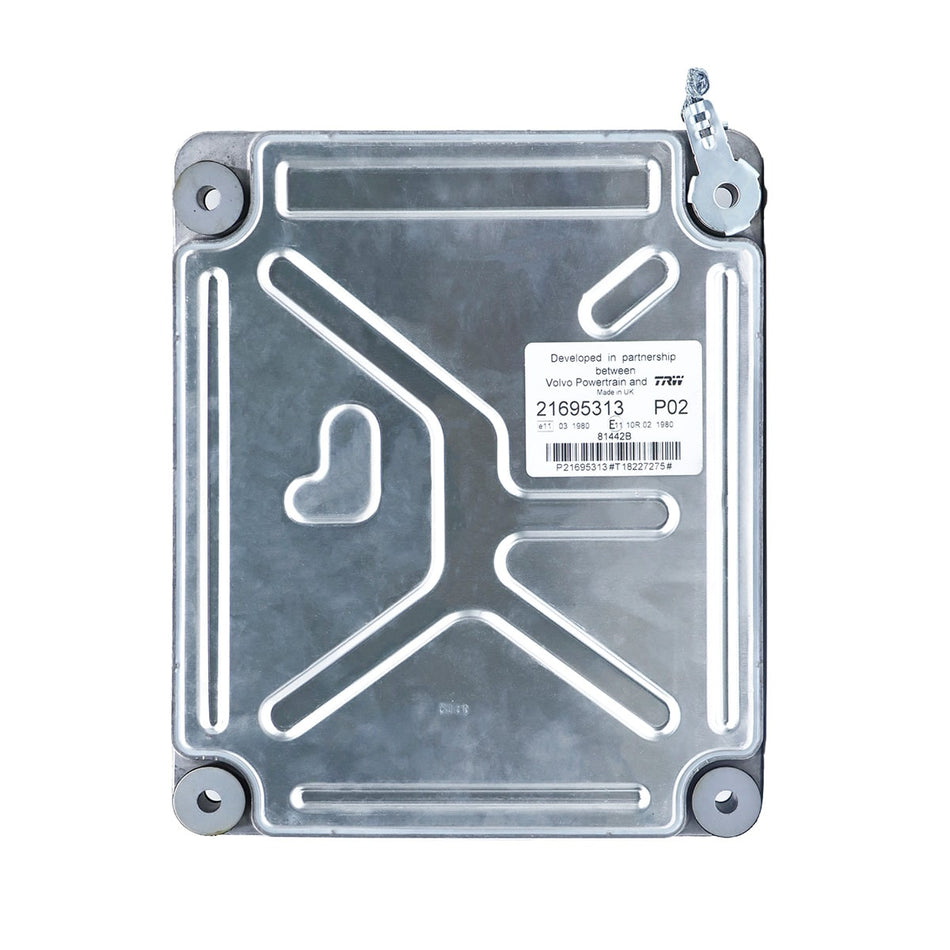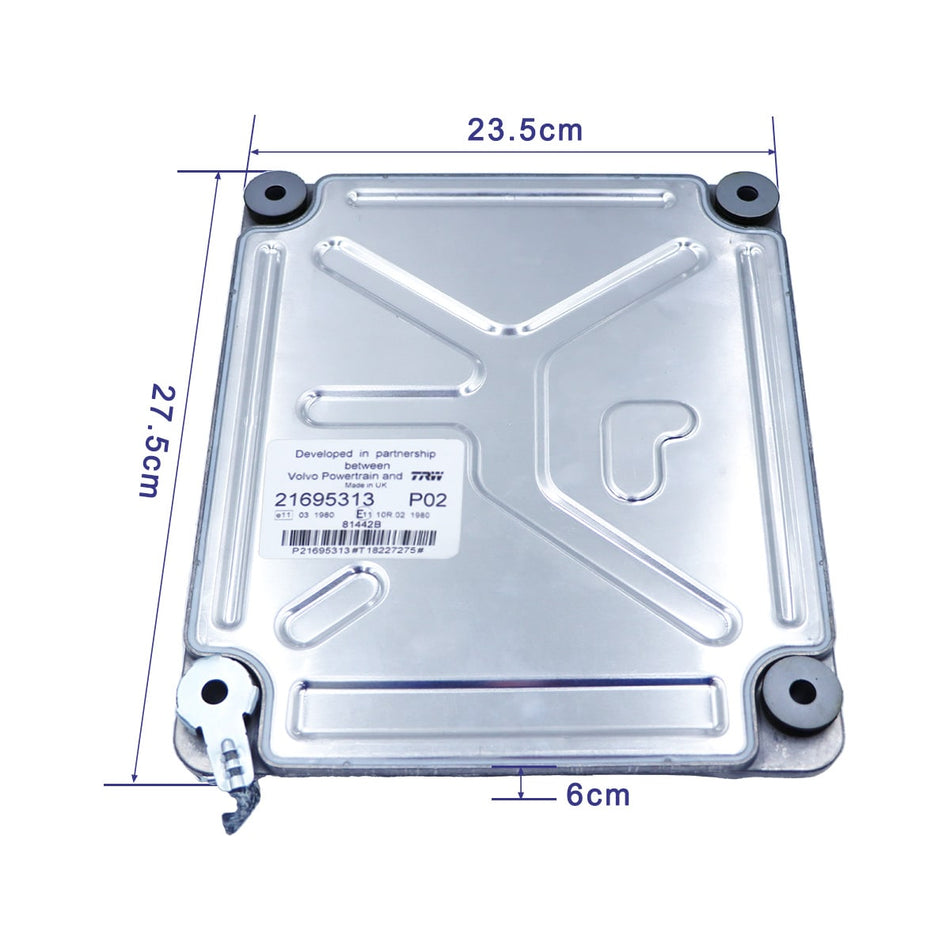The main technical performance standards generally used to evaluate engines are: good idling operation, good acceleration performance, power meeting design requirements, and low fuel consumption. Engine failures are mostly composed of one or more failure points. When troubleshooting, it is necessary to combine the above-mentioned main technical performance standards to find out the reasons that directly or indirectly affect the normal operation of the engine.
1. Check the battery first. It must be figured out if the engine fails to start because the battery is insufficient.
2. Check the ignition timing. The timing belt has slipped, which is the root cause of the failure that no spark is generated and the engine cannot be started.
3. Check and start the system. For such failures as the engine cannot be started, the first thing to do is to detect the circuit in the engine starting system. From the most basic form of view, the circuit of the starting system generally includes the following most basic parts, namely the battery, the starting motor, and the cables connecting these components. Of course, in addition to this, the ignition switch, starter relay, or solenoid, as well as the vehicle anti-theft system, are also important components of the starter system.
4. Check the quality of electric sparks. After the circuit that starts the system has passed the test and proved that it is indeed no-fault, you should focus on why the engine can't run. Generally speaking, the first inspection is the ignition system of the engine, which is also the simplest inspection task. In the early ignition system, you can easily remove the ignition coil, and then use an electric spark detector to detect whether the spark is normal. When choosing an electric spark detector, an adjustable detector is preferable to a fixed design because it allows you to adjust the detector to a smaller gap so that you can know that there is no spark at all. Well, there is still an electric spark but it is very weak.
5. Check the fuel system. The diagnosis of the fuel system can be divided into two parts: the diagnosis of the fuel supply system and the diagnosis of the injector circuit system. The fuel supply system can be detected by measuring the flow and pressure of fuel. The best way to measure fuel flow is to test the pipeline when there is a load in the fuel supply pipeline.
6. Detection of the anti-theft system: Onboard anti-theft system will also produce some frequently overlooked fuel supply system failures. Some car manufacturers include parameter identification functions in the anti-theft system data stream. On many models, replacing the module of the anti-theft system without properly initializing it will cause the car to fail to start. In some cars, under certain circumstances, such as when the key is lost, the multi-function controller needs to be replaced to allow the engine to start normally.











